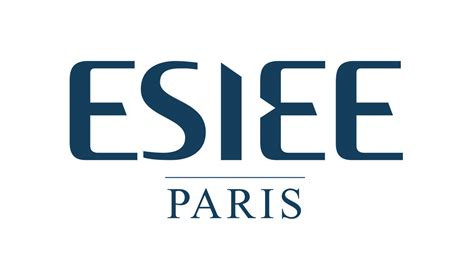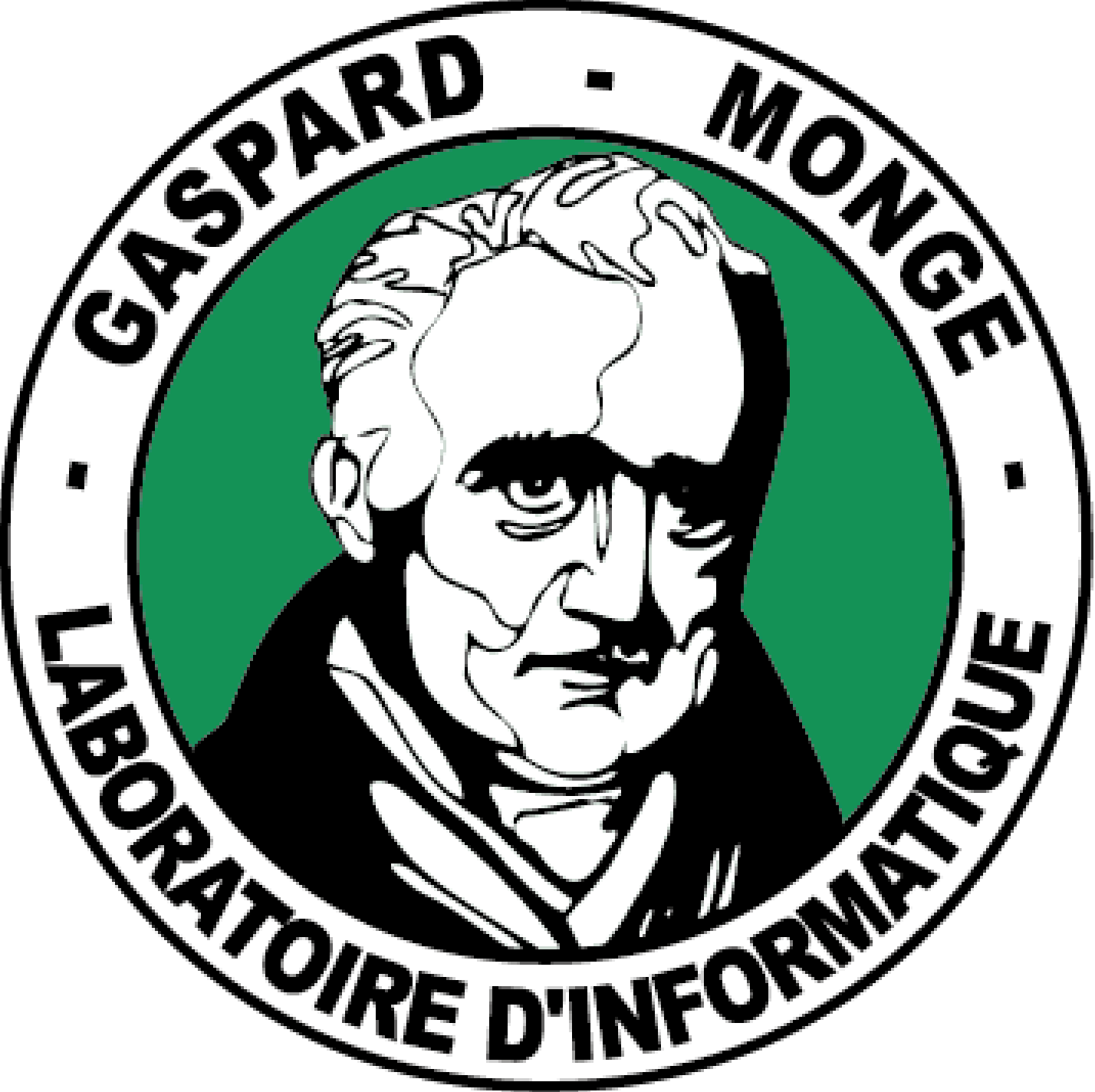Research activities
WSN — Wireless and Sensor Networks
Some of the work developed under GRWA is generic enough to be easily adapted to other contexts. For example, the Bonneteau method initially developed to opacify the physical addresses exchanged with the RWAPI interface is light enough to be implemented in the most basic RFID tags. This kind of gateway has led in particular to the works below.
Two-Message Mutual Authentication Protocol
A network of RFID sensors is generally composed of a set of readers for reading tags passing in its neighborhood more or less immediate. One of the major difficulties lies in the authentication of the label by the reader and the reader by the label considering that the time to perform the operation must be brief and that the calculation and memory capabilities of the label are very small. In addition, when the identification key of the label is revealed, it becomes easy to duplicate it. The T2MAP protocol makes it possible to perform such mutual authentication without ever revealing the key stored on the tag and with only two messages exchanged between the reader and the tag.
Semi-Flooding Location Service
Many routing protocols for wireless networks are based on a priori knowledge of mobile location. This information is provided by a location service, whether geodesic such as GPS or calculated by base stations from the attenuation of the received signal. Location services can be divided into two groups, each with its own drawbacks: responsive services determine and then provide information on demand (so they are usually quite slow), while pro-active services have updated information. regularly and provided almost instantaneously, but requiring a high amount of bandwidth. Noting that the more distant a mobile is, the more its apparent motion is weak and therefore the less important it is to know its exact position, SFLS proposes to carry out a regular flooding where the messages are repeated by the other nodes only once in two . Thus, the number of messages exchanged is no longer exponential but linear according to the number of nodes in the network.
Visualization of sensor networks
With the acceleration of climate change, the monitoring of water quality is a growing concern, both for the public authorities and for the population. Measuring water quality at different points at different times of the day provides a more comprehensive view of the evolution of the environment. With decreasing sensor size and cost, helped by faster and easier access to the Internet, the number of sensors has exploded, making it difficult to store and visualize all this information. In order to overcome this problem, one of the objectives of the MOBESENS project was to provide an easy-to-use visualization interface for controlling and viewing all or part of the information via the web, both in space and time. To this end, a storage space and a calculation space have been created, and the tools developed for indexing
metadata as part of my work on the Internet of the future was used.



